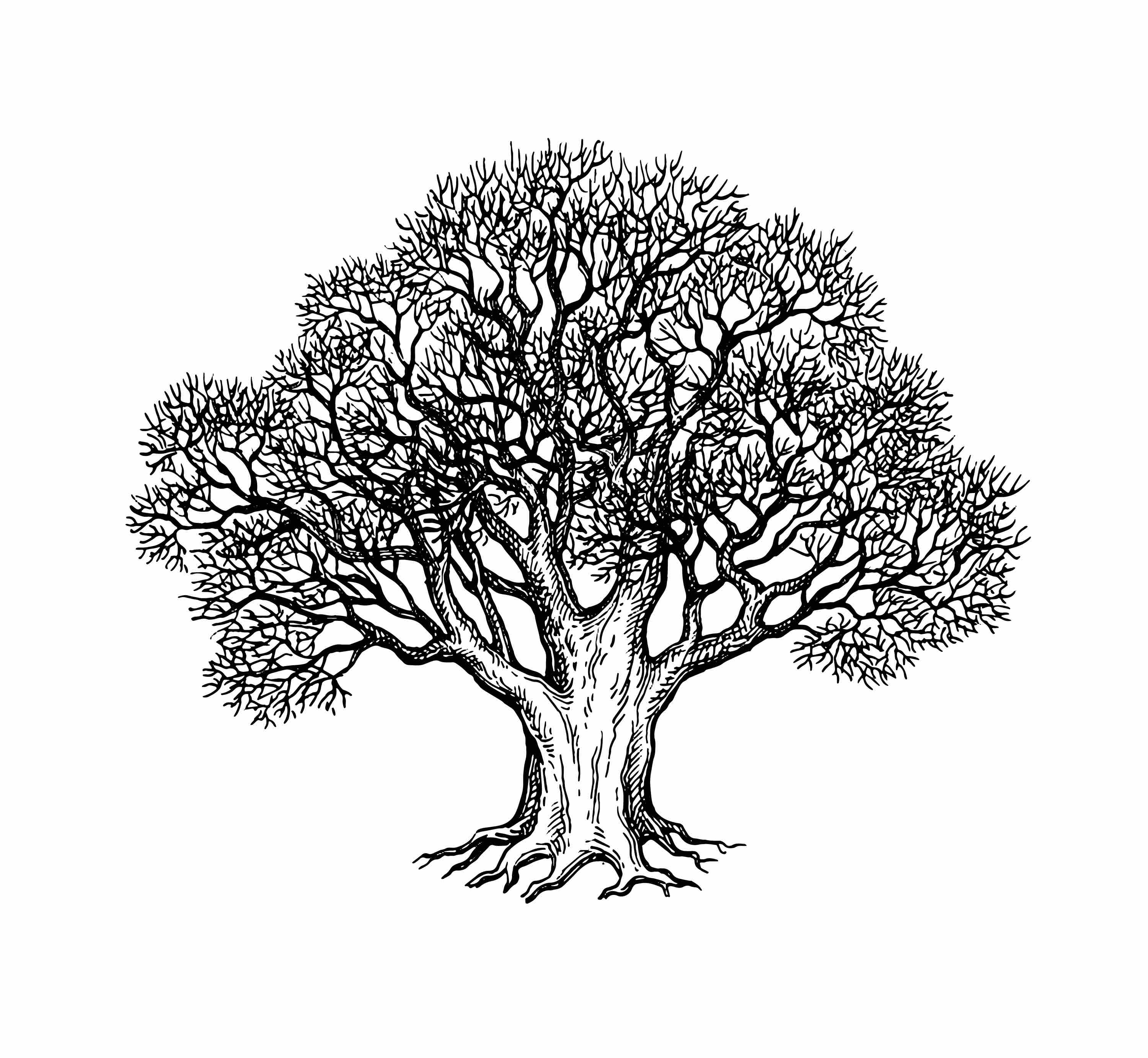Braydon Forest Future Association
Braydon Forest Future Association
Farmers in the Braydon Forest first met together in March 2019 to consider Curlew numbers and nesting sites on their farmland. A curlew monitoring project led by Jonny Cooper from Wiltshire Wildlife followed and farmers started to work together to protect the curlew.
There was strong interest among farmers for this curlew project and so a more general project of recording and expanding biodiversity began. Later in 2019 farmers started to survey other species such as barn owls, brown hares, lapwings, kestral and sky larks. With this, farmers gained enthusiasm for providing habitats for these species.
At the end of the year, lead farmer, Sophie Scruton, sent a survey to 300 farmers across the Braydon Forest to gather information about farming practice and farm and conservation priorities. There was a detailed and enthusiastic response from farmers across the area. Key points arising from the survey are listed below.
Survey December 2020
Thank you so much for returning the survey, it produced an excellent, informative and enthusiastic response.
In Summary
- The majority of farms are all grassland.
- The biggest change has been the huge increase in speed / technology i.e. farm mechanisation. The majority of farms have changed from dairy to beef herds. Three diary farms switched to organic 20 years ago.
- There is caution about taking grants and subsidies as they come with constraints.
- Every farmer supports nature friendly farming.
- Many have already created habitat in quite substantial amounts.
- Everyone is willing to conserve wildlife and most people see the hedgerows and ponds as particularly good habitats.
- Everyone is willing to record wildlife
- There is recognition of Braydon Forest being a distinctive landscape and upset when it gets broken up.
- Working together and supporting each other is hoped for.
- The majority of farms are producing food in the form of beef, lamb and dairy; everyone thinks they are producing food as efficiently as they can and that the public is price conscious. Although there is not a great demand for selling direct to the customer, there is enthusiasm for developing a Braydon Forest label that is a guarantee of good welfare and good conservation.
- Wildlife observed in the landscape of oak trees and hedgerows include: barn owls, tawny owls, bats, newts, frogs, toads, hares, green hairstreak butterfly, swallows, fieldfares, kingfisher. Regret for loss of curlews. One observer from Murcott mentions that bird species have declined as the area lost its dairy farms.
- People had good ideas about goals for the Braydon Forest Future Association and a range of the comments are listed under ‘Comments’.
Activities
Curlews
Records of curlews in 2020 suggested five breeding pairs, which although precarious suggests work to save these birds is very worthwhile. Birds were present at Blakehill well into June and were exhibiting ‘chick guarding behaivour’ which strongly suggested that they had at least hatched young. Successful breeding of one pair was confirmed with at least 2 newly fledged juvenile Curlew being seen on several occasions.
In 2021 we will continue to protect and monitor the remaining Curlew to reduce the risk of predation and help the birds to nest successfully. In addition it is hoped that work to tag and colour-ring birds will allow us to understand how birds are using the Braydon Forest and where they go when not breeding.
What we can do next
- Big Farmland Bird Count
You may be aware of the Big Farmland Bird Count, this is running from 5th – 14th February. It is a fantastic way to get a snapshot of the birds on your farm and takes just half an hour. The data is compiled nationally to give an idea of how birds are doing across the UK. If you are planning on taking part please let us know your results. A form is available
here: https://www.horsellsfarment.com/wildlife-conservation/big-farmland-bird-count
- The Marsh Fritillary Butterfly Project
Pleased to tell you that the fundraising for this project was successful. Ellie Jones (northern reserves manager for WWT) is running the project and is keen to do a presentation over zoom/video chat to introduce the project to you all. Please let us know if you are interested.
- Recording
Many of you are keen to record what you see on your land more regularly and some of you already are. These records are vital to help us get an idea of the wildlife present so we can act to protect and improve things. Records can submitted either by emailing Jonny directly (JonathanC@wiltshirewildlife.org) or you can use the website or app called iRecord, which links directly to the Biological Records Office (we have created an activity for the Braydon Forest here https://www.brc.ac.uk/irecord/join/braydon-forest-future-association
We hope to run some workshops on recording and species identification in the spring.
- Management of Woodland by the Forestry Commission
Braydon Woods Forest Plan 2018 – 2028 by the Forestry Commission, sets out plans to diversify planting and widen rides which will benefit rare butterflies and visitors. Link to pdf.
The strong support from farmers throughout the year, led to the founding of the Braydon Forest Future Association in January 2020 and the beginning of farmers coming together as a group with a view to improving their knowledge of biodiversity and preparing their farms for the new RPA schemes replacing BPS. Meetings and drop-in sessions were held to consider how the farm group would like to work together to achieve conservation goals and to access RPA pilots.
Following a well-attended meeting of farmers in November 2020, the group felt ready for an application to the Countryside Stewardship Facilitation Fund to be submitted to RPA so that we could form a Braydon Forest farm cluster supported by our own facilitator.
The application window opened on 13 December and a number of discussions have taken place between Jonny Cooper (ecological advisor), Sophie Scruton (lead farmer), Stuart Milsom (Head of Agriculture at Moore Allen and Innocent), Izzy Larthe (farm manager and sustainable farming initiative applicant), Ali Parsons (Parish Council Nature Recovery co-ordinator), Lucy Bates (Wiltshire Wildlife Nature Recovery Champion) and George Kershaw (farmer) as to how to proceed. We agreed that the role of facilitator required additional skills to those we held, especially in relation to RPA procedures and knowledge of Countryside Stewardship, and so we decided to look beyond our own group for someone with the additional skills needed and are delighted that Edward Earnshaw is keen to fill the role.
Therefore Christmas 2021 we are working to bring the Farm Group together officially with Edward Earnshaw as the facilitator. We are contacting farmers to get a members agreement signed and to agree our priorities so that the application can be submitted by the 19th January 2022 deadline.


